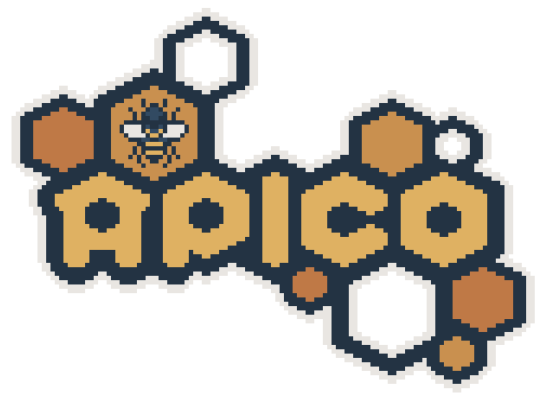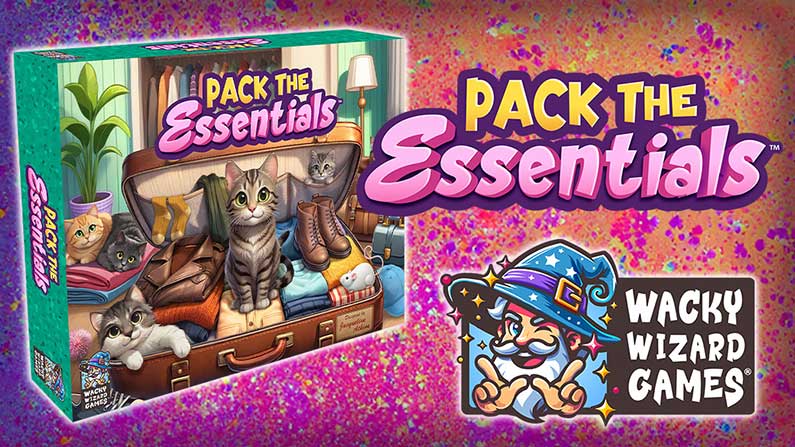We’re rapidly approaching the end of the year, and what better time for a bit of cleaning? Specifically, cleaning out the backlog of all the games I played, didn’t write about, and now too much time has elapsed for me to give a fresh review. For each of these games, I’ll be giving my general impressions, and talking a little bit about why I didn’t actually get around to doing a full writeup. I’ll also go in semi-chronological order, so let’s get to it, starting with one of this years indie darlings:
Pizza Tower is a side scrolling platformer that I think is supposed to be in the vein of the old Warioland platformers. I say “I think” because I’ve never played one of those games. My lack of familiarity with the genre is what prevented me from doing a writeup of any sort.
See, I usually like to talk about games in the context of other games, their inspirations, and what they do better than their predecessors. But everything about Pizza Tower is incredibly alien to me. It has an art style that I think is supposed evoke Courage the Cowardly Dog. It has an extremely fast pace, and is very focused on speed and collectable items for points. It was a really difference experience from other games I’ve played.
And frankly, given that the game has an overwhelmingly positive rating with 44,000 reviews right now, I’m not sure I have much to add. I thought Pizza Tower was weird, but good. It also has my favorite game soundtrack of the year, because it just goes wayyyy harder than it has to.
I’m honestly surprised that I never got around to writing about Inkbound. It was one of my games to watch from February last year. And then I bought it, and played 40 hours, and never did a writeup.
Inkbound is a lot of things. It’s a roguelike. It has good multiplayer. It’s an isometric turn-based battler. And it’s really fun. So why didn’t I do a writeup?
Part of that is that I’m conflicted on how I feel about Inkbound’s structure. My internal conflict isn’t helped by the fact that the game itself is in a state a flux. If I’d written a full review earlier, I would probably have complained about the game’s microtransaction store, which has now been completely removed. I would have also probably praised the game’s dual movement/action resource system, where both moving around and performing attacks pulls from a single resource pool. That system has also been replaced.
I may do a writeup on the game in the future. I love the game for its mechanics, and I’m mildly frustrated by it for other reasons. But there’s been so much more added, and so many changes since I logged my 40 hours. At this point even if I sat down today and wrote something, it wouldn’t be indicative of the game’s current state.
Before I say anything about APICO, I think it’s worth noting that I paid approximately $9 for it and bunch of other games on an itch bundle, and not the $20 it currently costs.
APICO is another multiplayer game that I mostly played with friends, and as such, there were quite a few systems I never actually engaged with. It’s trying to be a comfy pixel world game where you breed bees, and gather honey. I think it’s supposed to feel small and cozy.
Since a picture is worth a thousand words, I’d like to respond to that design goal with the following screenshot:

Instead of the comfy sim, APICO turned into something closer to Satisfactory. We attempted to hyper optimize production and throughput, which is why I had 12 interactable item windows open at once. As you might expect, it did end up feeling rather grindy.
I don’t really like or dislike APICO a huge amount. It was amusing to play with folks, but some of that was the chaotic dichotomy between the game’s cute pixel art, and our frenzied thrashing to keep our honey cola soft drink production up.
I probably would have gotten around to doing a writeup on PlateUp if I’d played more than 4 hours of it. It’s a multiplayer food production game in the vein of Overcooked. But it trades specific levels out for a roguelike set of upgrades and runs.
That said, I only played 4 hours of it because that’s how long it took for there to be a conflict between my friends, and then we never returned it to it. And I have no desire to play a game like PlateUp by myself.
End result? I dropped it much earlier than I would have otherwise, and I’m also now realizing it might have been a waste of $20. Oh well.
:strip_icc()/pic7034945.jpg)
Dragon Castle was one of three games with “dragon” in the name that I played in a one week span, the other two being Tiger and Dragon, which I loved, and Dragonwood, which I hated. Being the awkward middle child of the trio, compounded with the fact that I only played it once, meant that I never really got around to talking about Dragon Castle.
It’s a perfectly functional sort of tile drafting/placement/set collection game. I enjoyed it. But I didn’t play it enough, and it didn’t leave a strong enough impression for me to really be like “Oh, I love this, I must speak about it more.”

But hey, you know what game did leave a strong impression? Aegean Sea. It was first game I’ve ever played where 3 turns in, everyone at the table decided that they would rather play something else, and unanimously sort of just rage quit.
Rage quitting a board game might not sound like much coming from me, the poster child for ADHD medication. That said, I was playing with a professional game designer with multiple published games, and someone who just tracks how many victory points everyone else at the table has in games like Feast for Odin. In their head.
Goodbye Aegean Sea. You will not be missed. (Which is weird because I like other Carl Chudyk designs)

I’ve described Farlight 84 as Wish.com Fortnite. It’s a battle royale shooter, and outside of the cool vehicles, it doesn’t have a single piece of personality.
If AI ever does get around to generating games, this is the sort of thing that it will make. A generic mobile shooter stuffed with microtransactions and lootboxes. Characters that feel like they were designed by combining a list of demographics and fetishes, and making sure there was something for everyone.
Farlight 84 is polished gravel. Functional, technically effective, and displaying all the heart of the Grinch at the start of the book.

So I’d like to admit something. I couldn’t stand Mario Bros Wonder. I don’t understand how this game was even in consideration for game of the year.
Here’s the thing: I’m usually not in the position of not liking a game everyone else loves. That’s not to say it doesn’t happen. The best example I can think of for this is Cult of the Lamb. And I think something similar happened here.
I found Wonder to be almost entirely spectacle at the cost of interesting mechanical innovations. And before you stab me, yes, I do mean the wonder flowers. The thing about the wonder flowers is that while what they do is new for Mario, it’s not new for games or even platformers. And I don’t even think Mario does it best. Mechanics like being chased by your shadow have been done in Celeste, and other 3D Mario games. Singing piranha plants are fun, but this demo level from Billie Bust Up feels like it executes the idea much better.
Anyway, I didn’t do a full writeup on Wonder because I think it suffers from the same problem as Cult of the Lamb. Because I play a lot of games, I’ve seen these perfectly fine mechanics done better elsewhere, even though they are executed here with in a very polished way.
But yeah, I felt robbed of $60 after playing this.











